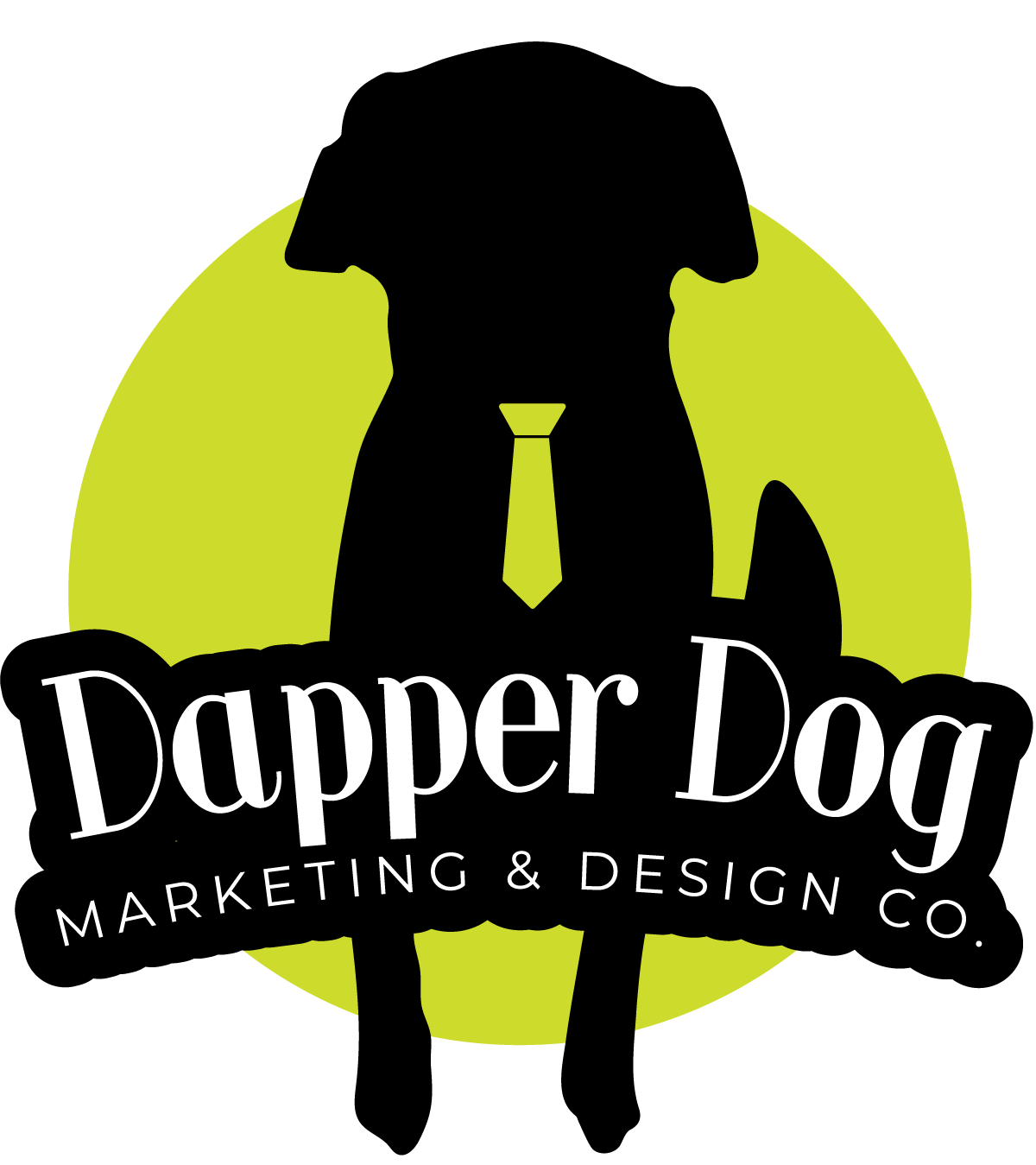5 Best Website Design Practices

Today, there are over 1.9 billion websites on the web that people may potentially land on. It is important that your website is not just another tally and is designed for usability, and more importantly, that it works with Google. Most business owners don’t have the time to figure out the best practices for their site, so we’ve put together a list of basic guidelines that you can use for your website design.
1. Responsiveness
Did you know that Google indexes mobile responsive websites first? A responsive design means that no matter the device you are viewing a site on, the content and layout automatically resize to fit within the dimensions of that device. It is supremely important to provide the best experience across any device, without compromising consistency. Mobile-friendly formatting always needs be taken into consideration when designing a website.
In 2021, Google began to prioritize indexing the majority of websites with their mobile Googlebot. Though it has not yet been fully implemented to all websites just yet, they do tend to favor mobile-friendly sites within their analytics. So not only should your mobile layout be user-friendly for the online population, but also Google-friendly in order to be indexed properly.
2. Simplicity
Obviously the way your website appears online is important, but you want to be sure that it isn’t too difficult to navigate for an average user. Design elements and content should be easy to find and not overwhelm a visitor, so that they are able to finish the task that brought them there in the first place.
Movement is always fun to use on a site to draw attention from visitors. However, using too much movement can deter them as well. Constant motion, continuous sounds, or animations might dissuade people from visiting your site instead of inviting them to use it. When it doubt, the simpler the better. Only use elements that help a user perform a function or task, and be conscious of the types of elements on your site; even pop-ups are frowned upon by Google these days and could impact your ranking on search.
3. Brand Consistency
The overall look and feel across your site should be similar in layout and also match your brand. During the initial development of your business brand, you should have received a brand guide which shows the usage of your logo, colors, fonts, acceptable imagery, etc. Your website should match what is within that brand guide. By using consistent layouts and brand elements, it will not only make it easier for users to understand what type of information they are previewing, but also give you credibility and positive feedback as a business.
4. Optimization
With website responsiveness in mind, load times can also determine whether a user remains on your site or leaves. Images and content alike should both be optimized for web use. Google typically likes to see image sizes less than 13KB. This can be difficult to achieve, but the smaller the size you can make an image without impacting resolution, the better. Uploading an image that is over 1MB will require more requests to the server to load your site and will lengthen the loading time, leading more users to leave the site without hesitation. Page content is no different. Overstuffed content with unnecessary words can confuse search bots of what the actual topic of your page is. Oftentimes, less is more when it comes to optimization. However, as you will see in the last tip, a good balance can be achieved.
5. SEO
Alt tags, keywords, and target audience are all elements that contribute to search engine optimization (SEO). Alt tags, or alt attributes, are html descriptions of images that provide alternative text for search engines. Uploading an image to your site with the name “Screenshot 12345” will automatically tag that description and will be the text that Google uses to index that image. Instead, give your images file names that describe exactly what it is displaying to provide accurate alt tags for Google to utilize.
Keywords provide Google with the primary definition of what your website content is about. Users search with keywords to find what they are looking for on Google (or any other search engine), so do the research before writing your website content. There are many tools out there that can assist with incorporating useful keywords, but a good process to follow is:
- Make a list of relevant topics that your business is focused on
- Use those relevant topics to form into phrases you think are important to for you to rank for in a search engine
- If you want some help or need more keywords, using related search terms at the bottom of a search page on Google may help
Before you put together a list of keywords, it is important to first pinpoint your target audience. Identify your ideal customer; what their age is, location, what products they may be most interested in, etc. Using online tools can assist in learning the most critical information about your customers to create accurate content that is focused towards them.
Keep in mind that online there are more than 1.9 billion websites. While there certainly are more than five best website practices, these provide a great starting point to apply to your next design. It is nice to stand out from the crowd, but site users and Google are the ones to impress to be found in a search. If you have any questions on where to start, let us know!
